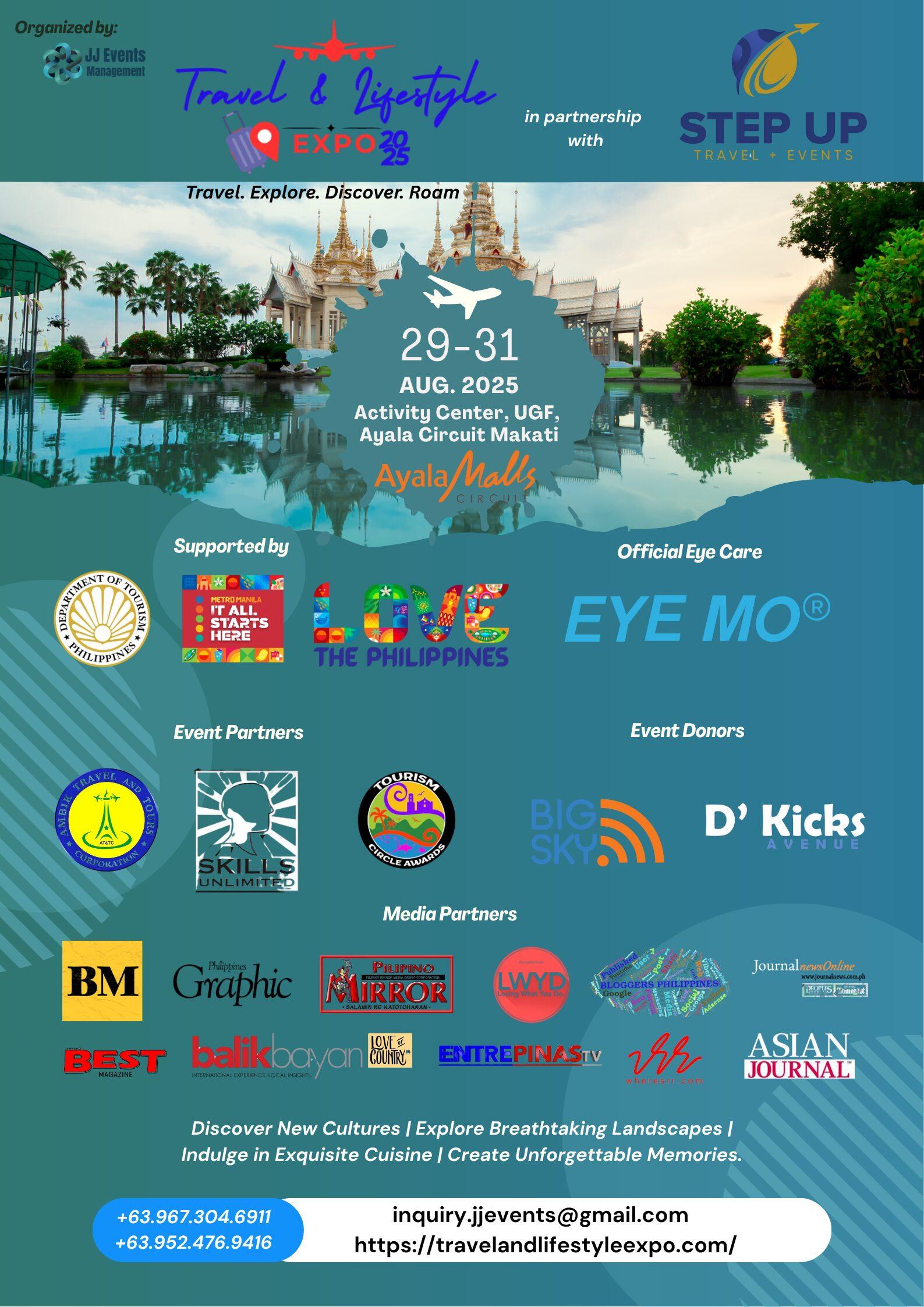Policemen and other military personnel deployed throughout the streets of Manila are all set to ensure a safe and secure celebration. Medical teams and ambulance units are stationed in strategic areas within the procession route. And roads are closed to give way to the day-long march. Catholic pilgrims from all over the Philippines flock to Manila as they prepare themselves for a day of struggle.
A day before the feast, devotees patiently line up for the traditional “Pahalik” to the Black Nazarene at the Quirino Grandstand. Then at the break of dawn, a solemn vigil will take place before the procession.
The nine-day celebration of the Feast of the Black Nazarene is concluded with an annual event celebrated every January 9 called “Traslacion” – the transfer of the image from Quirino Grandstand in Luneta to its current shrine at the Minor Basilica of the Black Nazarene in Quiapo. The carriage, or caroza, bearing the statue, is pulled on long ropes by men (and sometimes, women) throughout the procession as a sea of barefoot devotees, dressed in maroon and red, swarm around the black wooden image of Jesus Christ, draped with maroon velvet and adorned with golden embroidery.
People wonder why a huge number of pilgrims join this extreme religious ritual. Hundreds of thousands scamper and joust to get closer to the image, praying that a touch would bless and heal them from their sickness. Some toss towels to the chosen men guarding the Black Nazarene and are asked to wipe it on the image in the hopes of bringing with them some of its healing power. While some pin their hopes to the Nazarene, others come to honor and testify to His miraculous works. A mother, whose child suffered from lung problems, prayed to the Black Nazarene while a man in his 50s with a heart condition came to Quiapo Church and attended a mass, and since then both regained their strengths and the illnesses gradually disappeared. A woman who has been joining the procession for the past five years finds comfort and hope in the Nazarene and believes that her strong faith has helped her problems go away. Pregnant women and families choose to bring with them their children to witness the frenzied feast as the black image pass by. A devoted joins the horde of the Nazarene procession despite his disability. These are only some of the countless testaments, which give prominence to this event. Others come to fulfill their pledge by being one with Christ on his pain and suffering as he carried the cross to Mount Calvary.
Honoring the Black Nazarene is etched deep in the Philippine culture and tradition. In the end, one will be astounded by the look of happiness and content on the faces of the devotees, notwithstanding the exhaustion, fatigue, dehydration and pain they went through. The inspiring sight of this religious feast not only show the Filipino Catholics’ extraordinary way of honoring the Black Nazarene, but also represents the unwavering hope and faith of the nation.
Roughly nine million joined Trasclasion 2013, which lasted for 18 hours. For years, this religious frenzy has also caused intense traffic, deaths and a number of injuries.
About Nuestro Padre Jesus de Nazareno
Belief has it that the Black Nazarene was carried from Mexico to the Philippines by the Augustinian Recollect priests dating back the early 16th century through a galleon when it caught a fire. The image survived; however the fire caused it to turn dark thus earning the popular name. The black wooden life-sized image of Jesus Christ bearing a cross was initially housed in the Church of San Juan Bautista in Bagumbayan and was then transferred to the Church of San Nicolas de Tolentino. Since the late 17th century, image has been enshrined at the Parish of Saint John the Baptist, popularly known as Quiapo Church, and is only brought out for public during the three events – the Feast of Black Nazarene, Good Friday and New Year’s Day.
***
Mango Tours is a provider of quality, affordable and convenient travel services that include low-priced airline tickets, customized Philippine and International Tour Packages, Cruises, Land Transfers, Passport and Visa Concerns. It is the #1 producer of reliable travel services particularly when it comes to Philippine travel arrangements to the Filipino-American community in the US Mango Tours is able to provide its customers with a number of travel options at affordable rates because of its consolidator contracts with over 11 airlines. Book your travel bookings with Mango Tours by calling its 24/7 U.S. toll-free number at 1-866-2-MANILA (1-866-2-626452). Visit www.mangotours.com to know more about its latest promos and travel offers.





